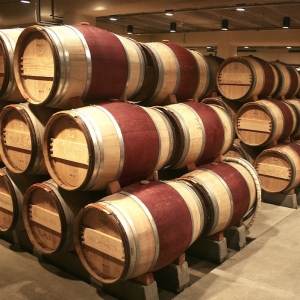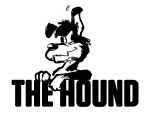In the first part of this series, we looked at the importance of having a brand strategy when marketing and selling your wine in China. In this issue, we explore counterfeit wine in China and what measures are being taken to combat this problem.
Wine producers invest significant time and money in their wine brands – from the name of the wine to the artwork on the label. This branding builds customer loyalty and goodwill in your business. But the sale of counterfeit wine can significantly undermine this hard work.
Is counterfeit wine really that much of a problem in China?
China is now the fifth largest wine consuming country in the world. At first, Chinese consumers were seen as easy targets for counterfeiters because they were new to wine and had the money to spend big. Bad fakes were rife with empty bottles filled with below par wine (or even flavoured water) and a fabricated label stuck on the bottle.
However, with Chinese consumers becoming more knowledgeable about wine, a whole new level of sophistication in the production and marketing of counterfeits is emerging.
While it is difficult to estimate the scale of the problem, some reports suggest between 50% and 70% of wines sold in China today are fake.
Ever heard of PANFAIDS?
European wines are particularly popular in China and counterfeiters have tended to focus on French wine. There are stories of there being more cases of 1982 LAFITE in China than were actually produced by the vineyard. Fake LAFITE isn’t the only concern. Other labels have emerged on the market including CHATELET LAFITE – a play on the LAFITE trade mark.
But the problem is not exclusive to European wine producers. In 2011, Penfolds found wine being sold by the name PANFAIDS in the Guangzhou district. The getup and labelling were the same as PENFOLDS right down to the stylisation of the words and use of the colour red. Winemaker Max Schubert was even referred to on the label. Consumers who did not pay close attention to the bottle would easily have believed they were purchasing a PENFOLDS wine.
Fighting back
The good news is that the Chinese government and wine industry are starting to fight back. This year the Chinese government launched an initiative called Protected Eco-Origin Product (PEOP). The government works with wine producers who have joined the PEOP scheme to authenticate wine with a PEOP label. The labels feature visible and invisible codes including a QR code which consumers can check with their smart phones. Importantly, it gives consumers a guarantee from the government of authenticity and traceability.
International wine producers have also taken it upon themselves to tackle the problem head on with tamper-proof caps, bottle buyback programs, tagging of bottles, and barcode marking systems.
Other initiatives include an app developed by former Australian basketballer Andrew Vlahov. The app is used to scan a wine label to determine its authenticity. BevScan is another new device. It was developed by the Australian Wine Research Institute and uses a beam of light which passes through the bottle without the need to open the bottle. The light test is used to analyse a genuine bottle of wine against an unknown bottle of wine.
What can New Zealand wine producers do?
If these measures seem expensive, or if you even question how effective they may be in keeping up with counterfeiting trends, there are still other simple and proven actions you can take.
Firstly, continue to build your brand protection and awareness in China. If Chinese consumers can easily recognise your trade marks and features on your label, they are less likely to be duped.
Secondly, monitor the Chinese wine market, particularly online. Sales of counterfeit wines online are increasing sharply and websites like Ebay and Taobao should be regularly checked.
If you see a wine being offered for sale which is of concern contact your IP advisor and they will be able to guide you as to what can be done against a specific counterfeiter.
Bottom line
If you are exporting wine to China or plan to do so in the future, it is important to be aware of the issue of counterfeit wine and what measures there are to fight the fakes.ν
For the first in this series click here.














